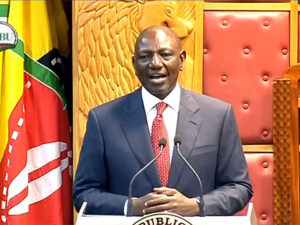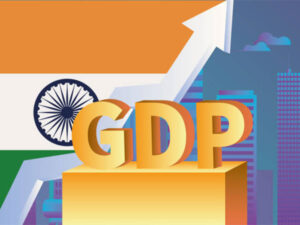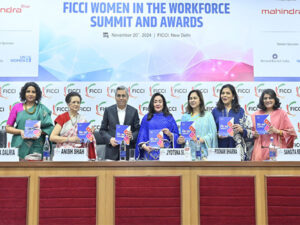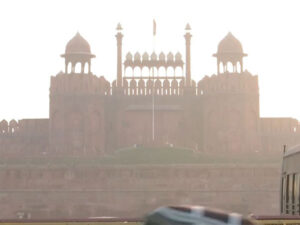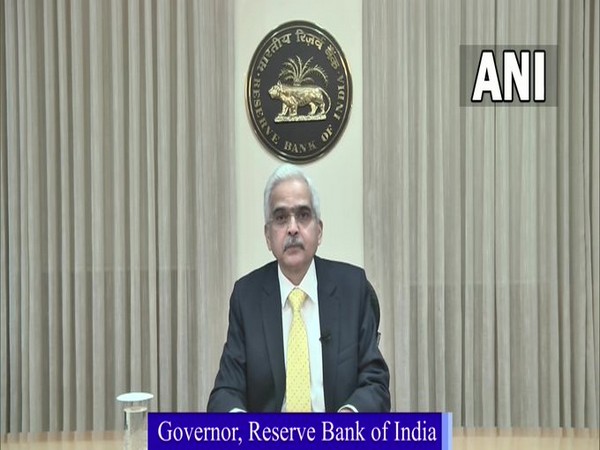
Mumbai (Maharashtra) [India], February 8 (ANI): The Reserve Bank of India’s Governor Shaktikanta Das said on Wednesday that the central bank would launch a pilot project on QR code-based coin vending machine (QCVM) in 12 cities in the country. These vending machines will dispense coins against debit to the customer’s account using Unified Payments Interface (UPI) instead of physical tendering of banknotes.
“This will enhance the ease of accessibility to coins. Based on the learnings from the pilot, guidelines will be issued to banks to promote the distribution of coins using these machines,” the governor said.
Addressing the outcome of the Monetary Policy outcome for calendar year 2023, the central bank’s governor said that the RBI will launch the QR code-based coin vending machine to enhance ease of access to coins.
In a move that will raise borrowing costs for corporates and individuals even further, the RBI Monetary Policy Committee (MPC) led by Governor Shaktikanta Das hiked the repo rate by 25 basis points to 6.5 per cent on Wednesday.
According to the governor, a rate hike of 25 basis points is considered as appropriate at the current juncture. “The reduction in the size of the rate hike provides the opportunity to evaluate the effects of the actions taken so far on the inflation outlook and on the economy at large,” he added.
RBI projects India’s GDP growth at 6.4 per cent for 2023-24
Mumbai (Maharashtra) [India], February 8 (ANI): The Reserve Bank of India (RBI) has projected India’s real GDP growth to be at 6.4 per cent for the next financial year 2023-24. “Broad-based credit growth, improving capacity utilisation, government’s thrust on capital spending and infrastructure should bolster investment activity,” RBI governor Shaktikanta Das said on Wednesday while announcing the monetary policy meeting outcome.
“According to our surveys, manufacturing, services and infrastructure sector firms are optimistic about the business outlook. On the other hand, protracted geopolitical tensions, tightening global financial conditions and slowing external demand may continue as downside risks to domestic output.” The GDP projections for Q1, Q2, Q3, and Q4 2023-24 are estimated at 7.8 per cent, 6.2 per cent, 6.0 per cent, and 5.8 per cent, respectively, with risks, evenly balanced.
Meanwhile, the Monetary Policy Committee (MPC) of the RBI decided to raise the repo rate, at which the RBI lends money to all commercial banks, by 25 basis points to 6.5 per cent. Four out of six members of MPC have decided to go ahead with this hike in the repo rate, RBI Governor Shaktikanta Das said.
The Shaktikanta Das-headed Monetary Policy Committee (MPC) started its three-day meeting on February 6 amid the rate hiking spree that started in May last year to check inflation. India’s retail inflation during the month of December was at 5.72 per cent, versus 5.88 per cent in November and 6.77 per cent during October.
India’s retail inflation was above RBI’s six per cent target for three consecutive quarters and had managed to fall back to the RBI’s comfort zone in November 2022. Since May last year, the RBI has increased the short-term lending rate (repo rate) by 250 basis points, including today’s, to contain inflation, driven mainly by external factors, especially global supply chain disruptions following the Russia-Ukraine war outbreak. (ANI)
When high levels of inflation prevail, the central bank attempts to reduce the flow of money in the economy. One way to do this is by increasing the repo rate. With it, borrowing becomes a costly affair for businesses and industries, which in turn, slows down investment and money supply in the market. (ANI)







